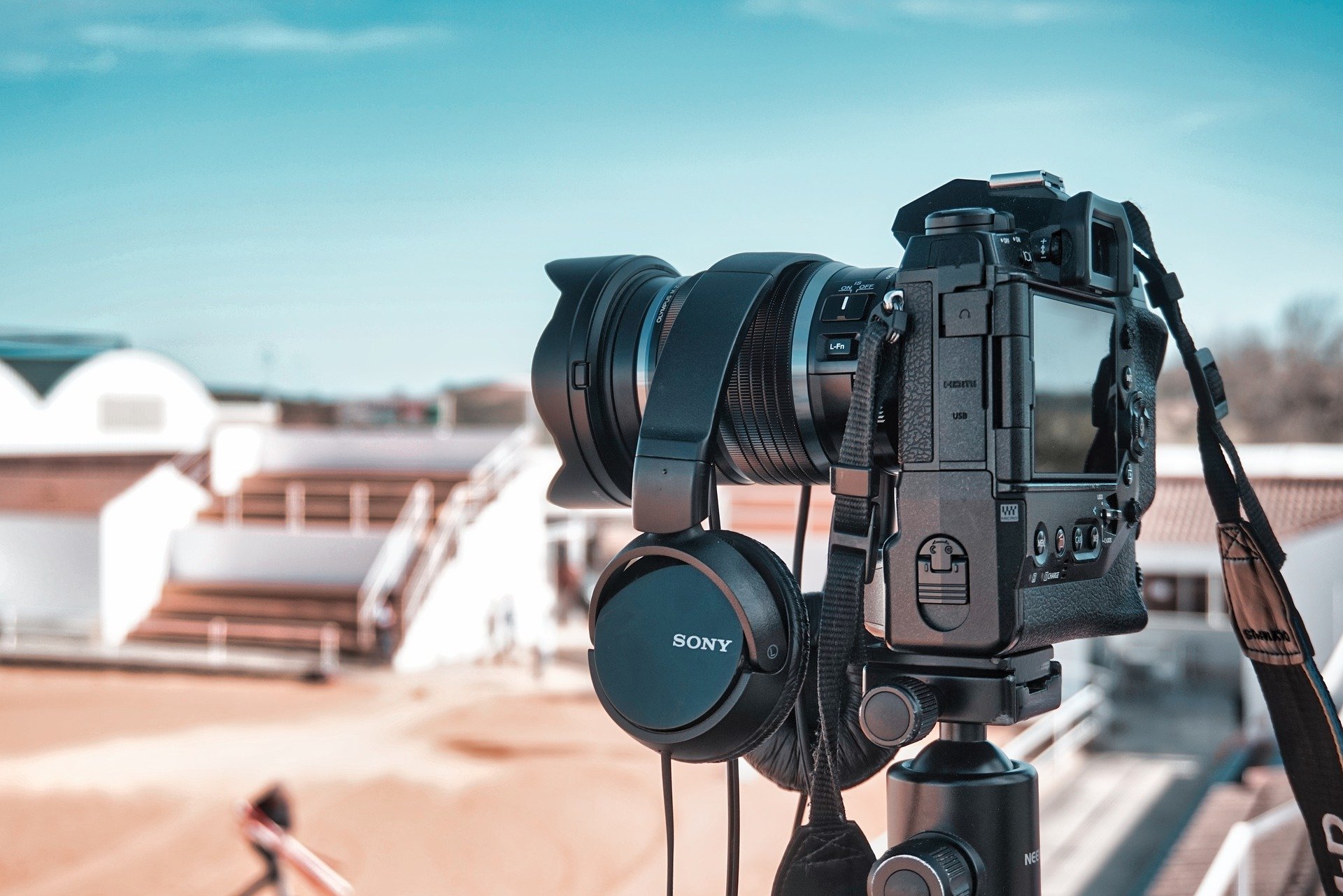Pioneering Visions: The Advent of Augmented Reality in Performing Arts
Introduction: Get ready to step into a new realm as we delve into the mesmerizing world of Augmented Reality (AR) and its transformative impact on the performing arts. This digital magic is redefining artistic experiences, combining creativity and technology to create immersive, interactive performances that captivate audiences like never before.

A Historic Overview: From Stage to Screen
The performing arts have always been a dynamic medium, embracing innovative techniques and technologies to captivate audiences. From the use of mechanical devices in ancient Greek theater to the incorporation of digital projections in modern productions, technology has continually played an integral role in shaping the art form. The advent of AR is the latest development in this ever-evolving field, ushering in a new era of interactive, immersive experiences.
Augmented Reality: Defining the Future of Performing Arts
AR technology overlays digital content onto the user’s real-world environment, creating an immersive experience that blurs the line between the physical and the digital. In the arts, AR is being used to enhance performances, allowing audiences to engage with the work in unprecedented ways.
The Impact: A New Level of Audience Engagement
AR has the potential to revolutionize the way we experience the arts. From providing audiences with backstage access through AR-enabled apps to transforming traditional theatre productions with interactive elements, AR opens up a myriad of possibilities for audience engagement. Notably, the Royal Shakespeare Company’s 2017 production of “The Tempest” utilized AR to bring the magical elements of the play to life, offering a glimpse into the future of immersive theatre.
The Current Scenario: AR in Today’s Performing Arts
Today, AR is being used more frequently within the arts, with numerous companies and artists exploring the technology’s potential. Major corporations like Google are investing in AR for the arts, recognizing its potential to transform artistic experiences. For instance, the Google Arts & Culture Lab recently launched an AR art project, allowing users to interact with virtual artworks in their own environment.
Looking Forward: The Future of AR in Performing Arts
The use of AR in the performing arts is still in its infancy, but its potential is vast. As technology advances and artists continue to experiment with AR, we can expect to see increasingly innovative and immersive productions. In a world where the digital and physical increasingly intersect, AR offers a new medium for artistic expression, promising to redefine the boundaries of the performing arts.
In conclusion, Augmented Reality is reshaping the landscape of performing arts, bridging the gap between technology and creativity. As we stand on the precipice of this digital frontier, the future of the performing arts looks brighter, bolder, and more interactive than ever before.




